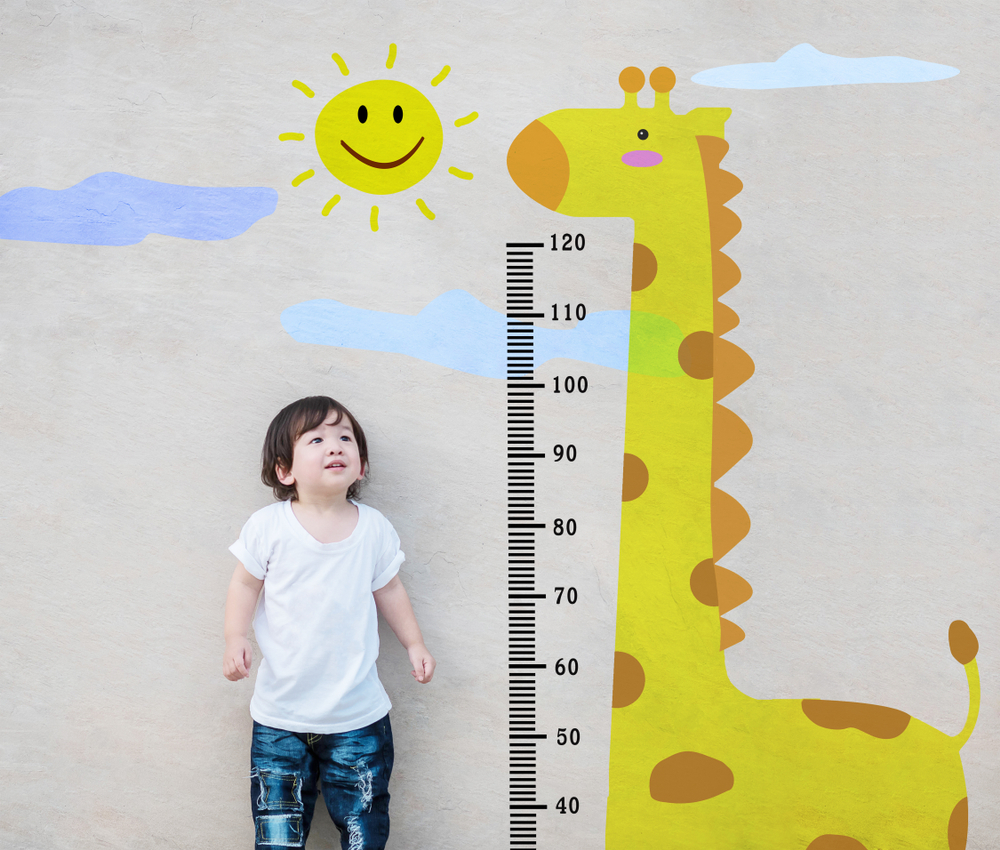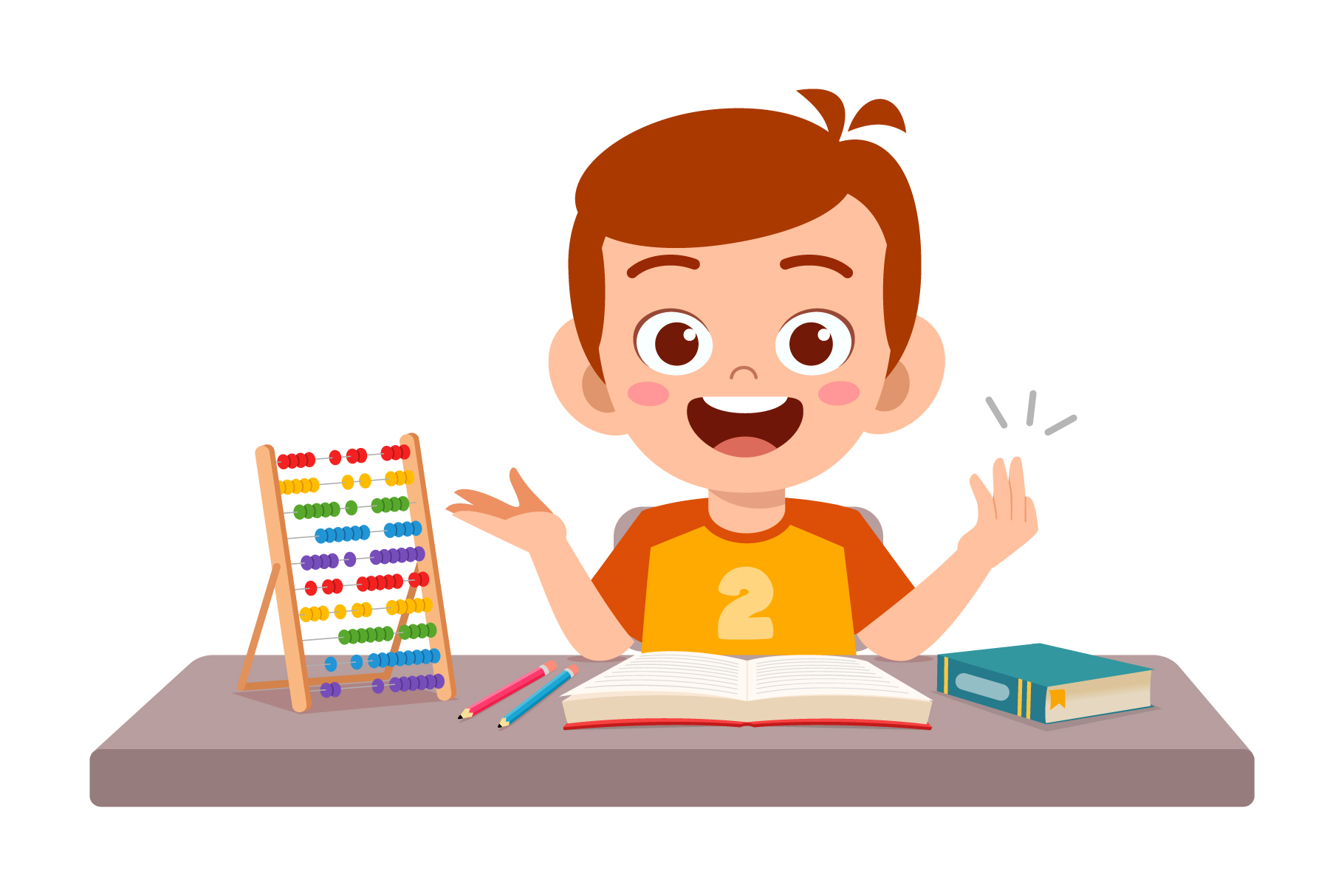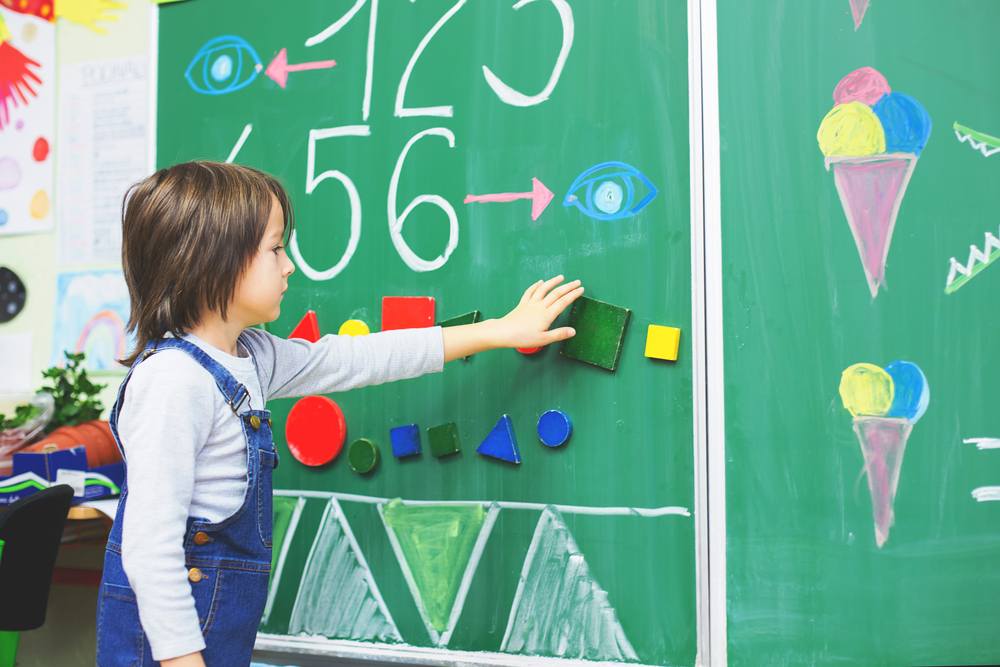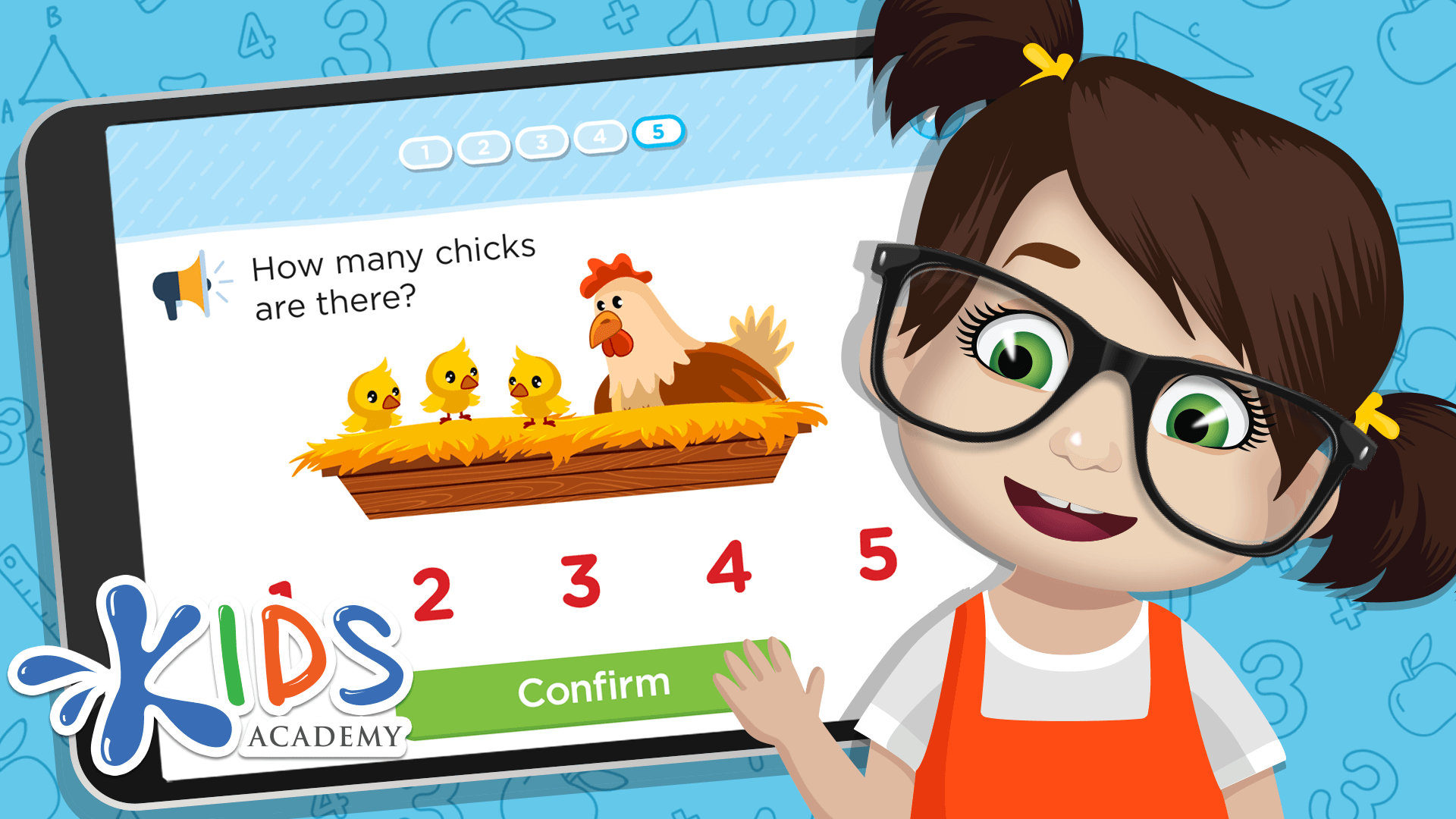Problem-Solving Skills Normal Measurement Worksheets for Ages 5-8
5 filtered results
-
From - To
Boost your child's problem-solving skills with our expertly designed Normal Measurement Worksheets for Ages 5-8. These engaging worksheets help young learners grasp essential measurement concepts through fun and interactive activities. Whether it's comparing lengths, weighing objects, or determining volume, each sheet encourages critical thinking and practical application. Perfect for home or classroom use, these resources support foundational math skills and enhance cognitive development. Set your child on the path to success by integrating these comprehensive worksheets into their learning routine. Equip them with the tools they need to measure the world around them confidently and accurately.
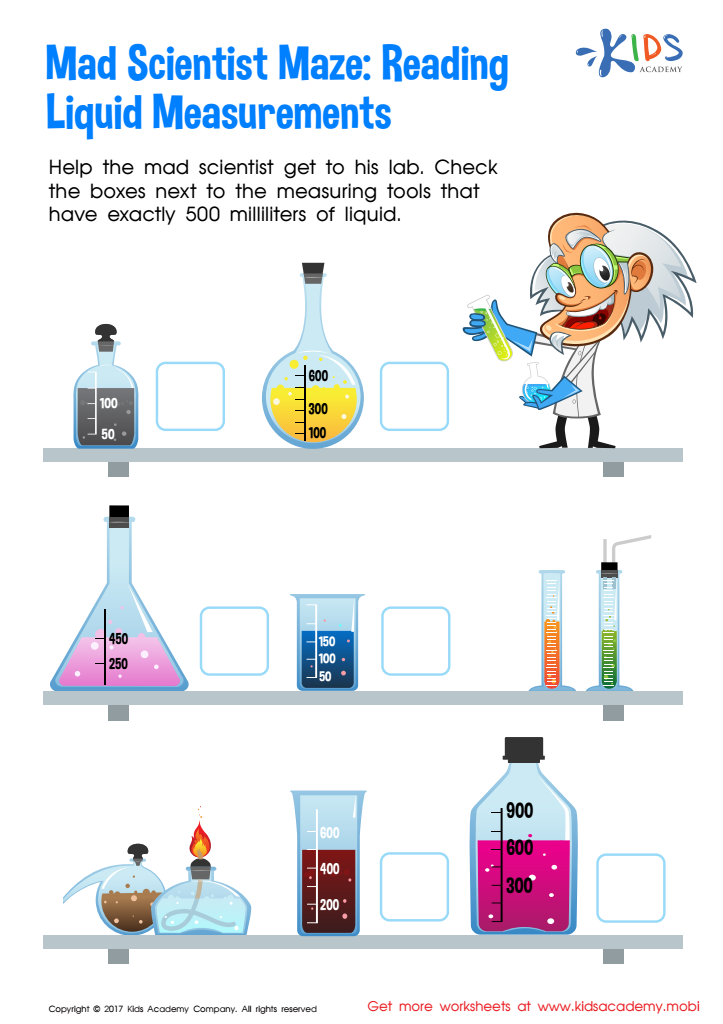

Reading Liquid Measurement Worksheet
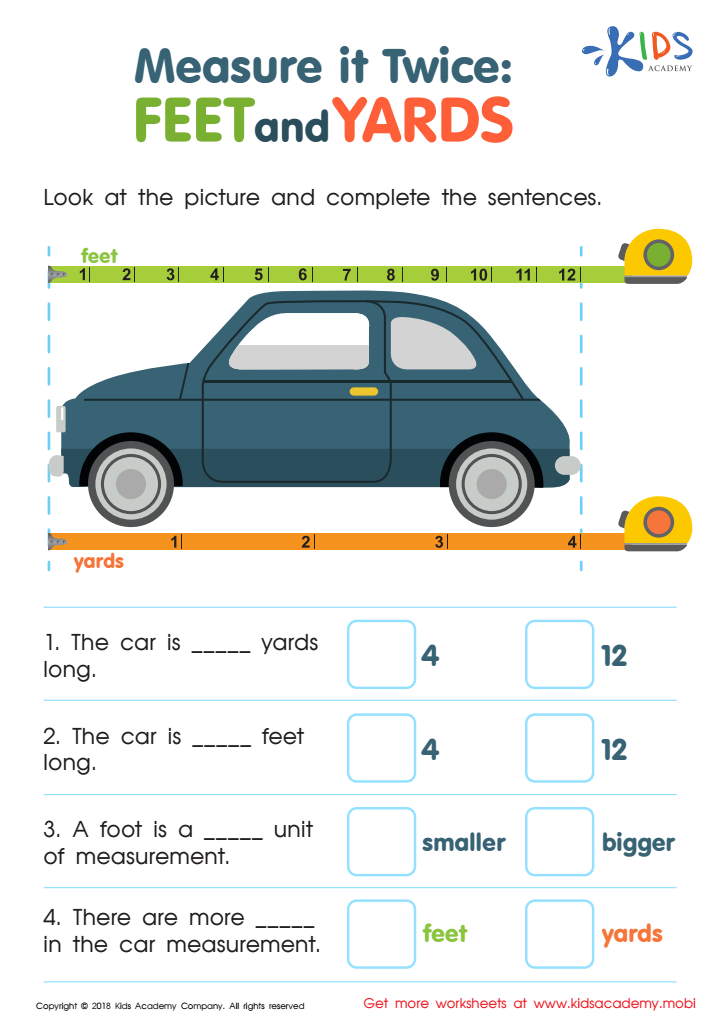

Measure It Twice: Feet and Yards Worksheet
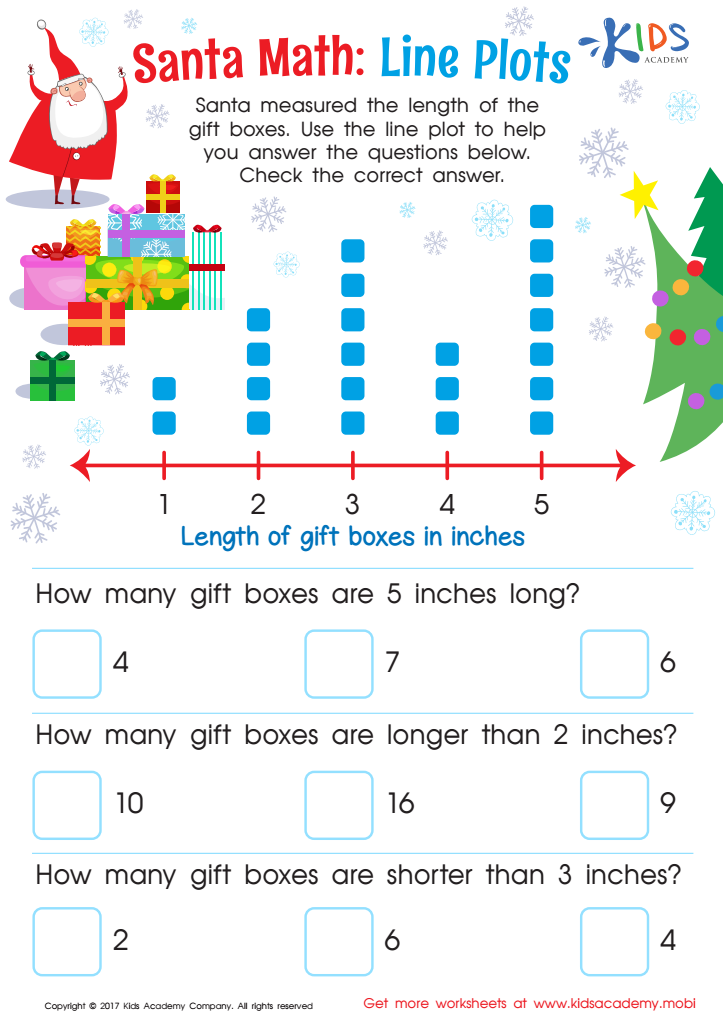

Line Plot Worksheet
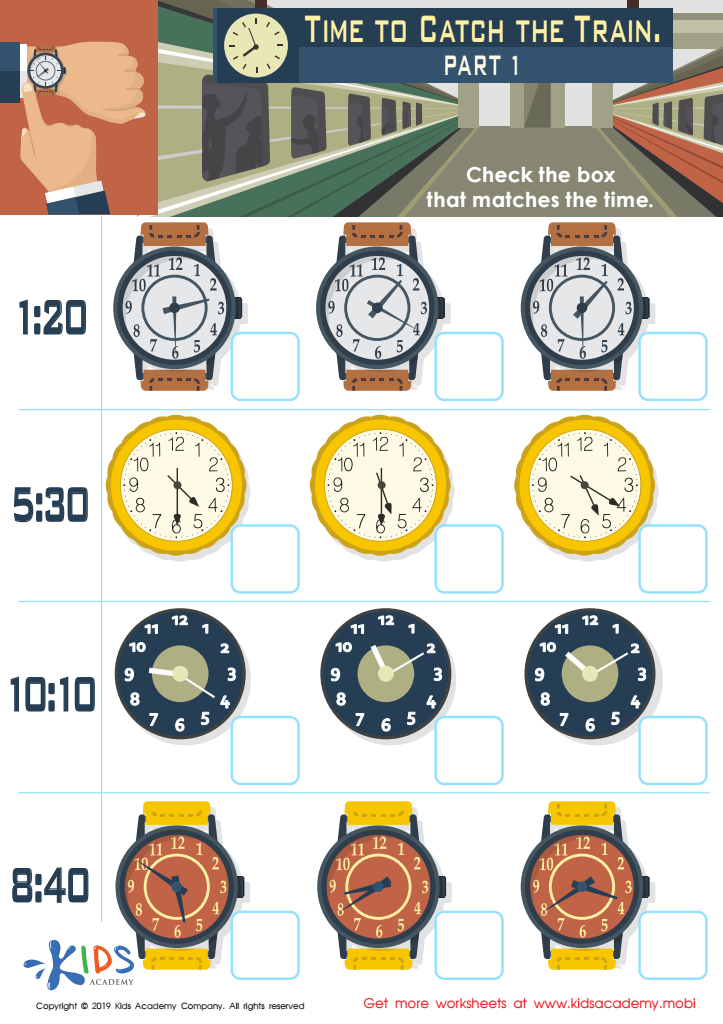

Time to Catch the Train Part 1 Worksheet
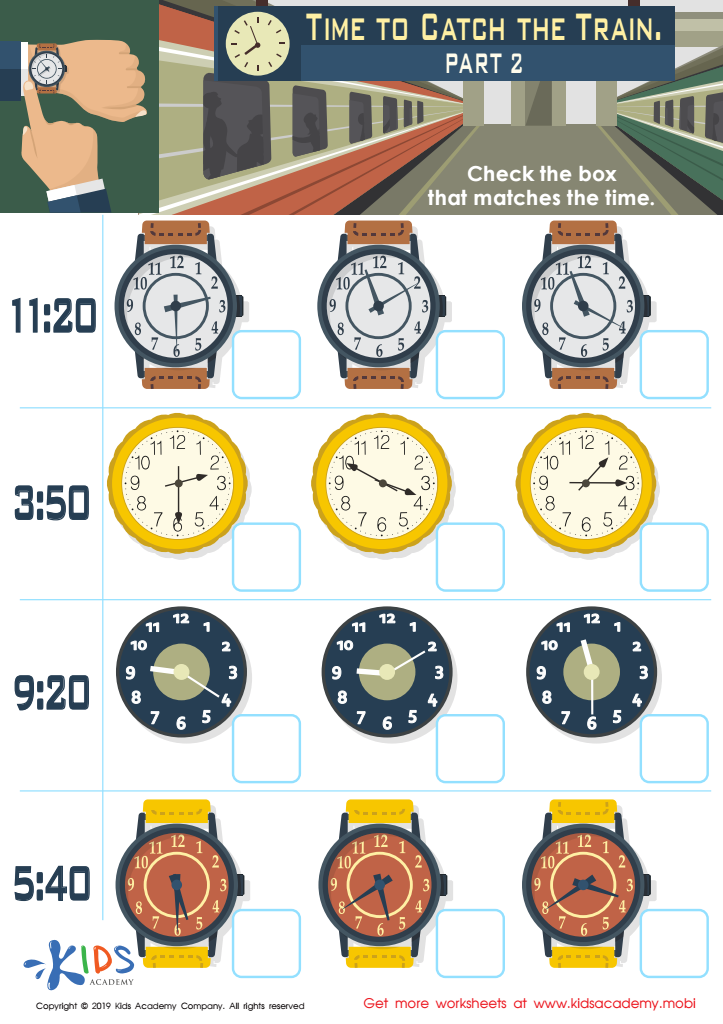

Time to Catch the Train Part 2 Worksheet
Problem-solving skills are crucial for children aged 5-8 as they form a foundation for cognitive development and success in academics and life. In this critical age range, children are learning to think independently, make decisions, and develop resilience in the face of challenges. Fostering problem-solving capabilities encourages them to develop critical thinking and enhances their ability to process information, which is foundational for all learning.
By understanding and measuring problem-solving skills, parents and teachers can identify students' strengths and areas where additional support may be needed. Regular assessment helps tailor education to meet individual needs, providing targeted interventions that support both academic achievement and social-emotional growth.
Moreover, strong problem-solving abilities are linked to higher levels of creativity, persistence, and adaptability. These skills contribute to a child's ability to navigate social interactions and manage conflicts constructively. As children build their problem-solving toolkit, they gain confidence in their abilities, which in turn fosters a positive attitude towards learning and overcoming obstacles.
By prioritizing and tracking the development of problem-solving skills, adults ensure children are better prepared not only for their current educational environment but also for future challenges. Consequently, these young learners evolve into capable, independent thinkers and proactive problem solvers, equipped for a lifetime of success.
 Assign to My Students
Assign to My Students



